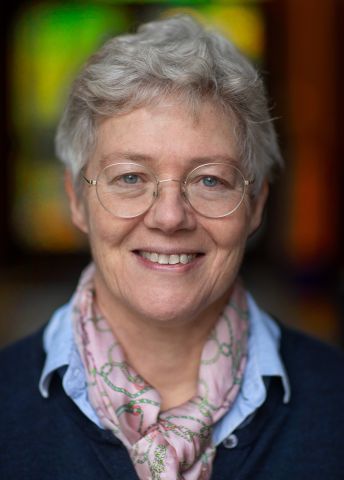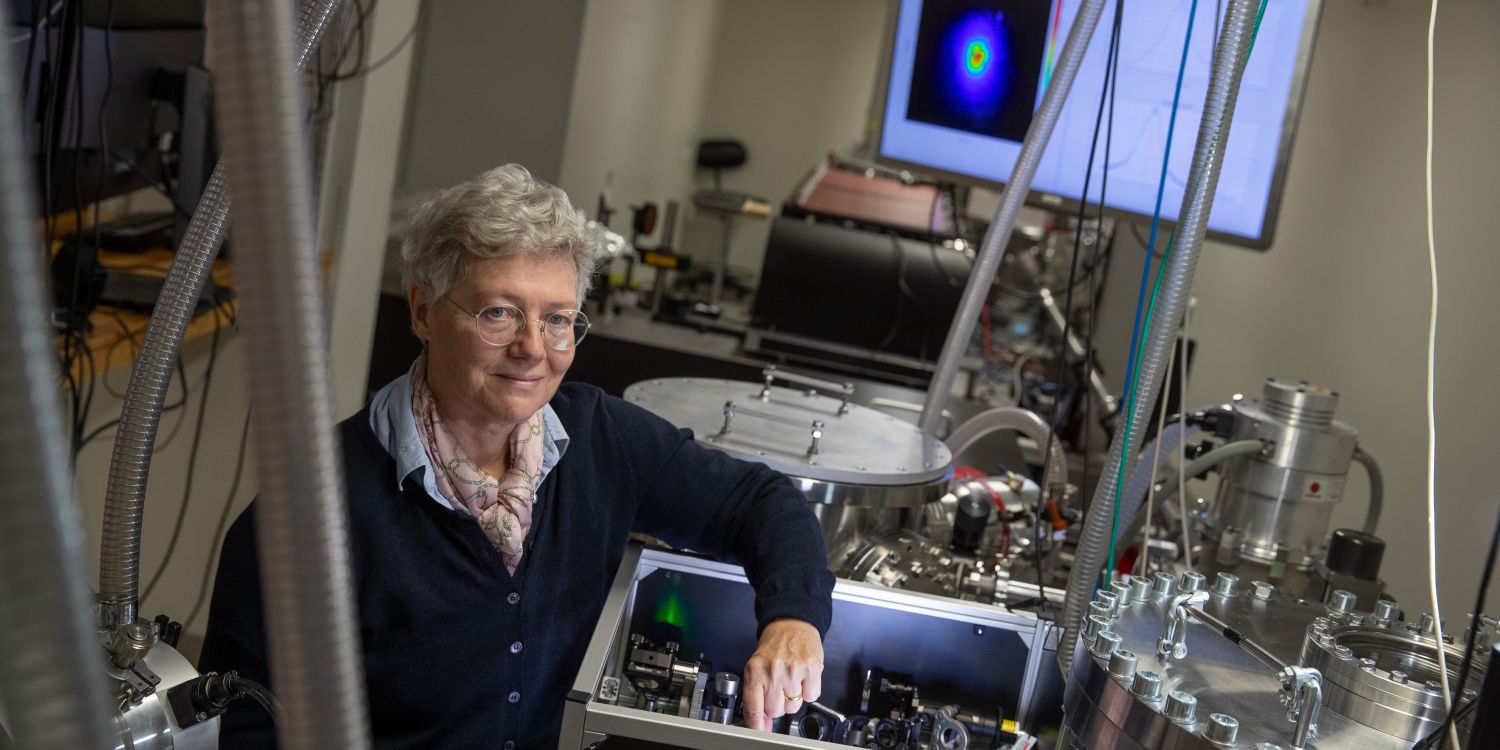
Anne L’Huillier
Professor of Atomic Physics
Wallenberg Scholar
Institution:
Lund University
Research field:
Attosecond pulses and ultra-fast atomic physics


Wallenberg Scholar
Institution:
Lund University
Research field:
Attosecond pulses and ultra-fast atomic physics
“Attosecond pulses via high-order harmonic generation in gases, and applications of these pulses.” L’Huillier, who is a Wallenberg Scholar, regrets that her research field has such a complicated name. But she herself can scarcely imagine anything more exciting.
“I’ve been lucky. All my professional life my research has been quite focused. I started my research in the field of atoms in strong laser fields, which later led to the discovery of attosecond pulses. Thirty years ago it was an extremely narrow field. I have had the privilege of seeing everything from the beginning – how ideas evolved, the key steps. Research in this field has really taken off over the past few years, and the work is immensely enjoyable.”
Attosecond pulses, extremely brief flashes of laser light, are the shortest light pulses scientists have been able to achieve. An attosecond is to a second what a second itself is to the age of the universe. Among other things, researchers can use the pulses to start processes such as photoionization, in which particles of light (photons) knock electrons out of orbit around an atom, and “film” ultrafast processes, such as the movement of electrons.
“Here in Lund we alternate between working on applications, and developing the sources themselves. We have three laser systems that we use to create attosecond pulses for various applications,” L’Huillier explains.
Attosecond pulses are generated by sending intense laser light through a gas of atoms, so that the light interacts nonlinearly with the atoms. The attosecond pulses have different properties, e.g. energy or repetition rate, depending on the type of laser used. Earlier, L’Huillier concentrated mainly on understanding the phenomenon, characterizing and optimizing the attosecond pulses. Over the past fifteen years, her focus has shifted to applications, but she and her colleagues still carry out research on the pulses themselves in order to improve them and widen the scope of their application.
The Attolab is home to what Anne calls “the standard source”. It creates three thousand pulses per second. The researchers can use those pulses to measure the time taken for photoionization. L’Huillier is performing this work within the scope of another research project funded by Knut and Alice Wallenberg Foundation.
The second source is the “high-intensity XUV beam line”. It produces only ten pulses a second, but they are quite powerful. The researchers can use them to induce non-linear phenomena, whereby, for example, an atom becomes an ion by absorbing two or more photons at once.
“The individual pulses have to be very powerful indeed for this phenomenon to occur. This is quite hard to achieve. It has turned out to be much more of a challenge than we thought, and has become something of a Holy Grail in our field. No one has succeeded all the way yet, but my colleague Per Johnsson and I are very stubborn researchers…”
The third attosecond pulse source in Lund uses a laser system called OPCPA. L’Huillier says she is very proud of the system, which she was able to fund with the grant she received when she was first chosen as a Wallenberg Scholar. Pulses from this source are less powerful, but occur in huge numbers: 200,000 every second. This enables the researchers to study ultrafast phenomena on surfaces and in nanostructures, among other things.
L’Huillier’s research entails developing the three sources and their applications. In particular, the source using the OPCPA system still requires a great deal of work. The laser was bought as a prototype, and has been further developed in Lund by Anne and colleague Cord Arnold, working with a number of PhD students and postdocs.
“The method we’re using to create the pulses – high-order harmonic generation – was discovered in 1988. In 2001 it was demonstrated experimentally that the phenomenon led to attosecond pulses. You might then imagine that this is a well-known field without much left to discover. But you’d be wrong. There’s an awful lot of physics in this phenomenon, and we’re still exploring the process itself. Our work is given further impetus by those who want to use the pulses for applications in collaboration with the industrial sector, for example. These are exciting times.”
“The funding I have received as a Wallenberg Scholar contributes to development of the high-intensity XUV beam line, and also financed the OPCPA system, of which I’m extremely proud. It produces ultrashort pulses at high repetition rates, which opens the way for completely new applications.”
L’Huillier hopes to be able to use attosecond pulses in the future to study quantum physics phenomena. The pulses offer a unique opportunity to see how rapidly various reactions take place, and in what order.
“This was the kind of physics I wanted to pursue back when I decided to do a PhD in atomic physics. Unfortunately, at that time we didn’t have enough control over the interaction between matter and intense laser pulses to gain a proper understanding of the resulting phenomena. Thanks to many years of success in the physics understanding and of progress in laser technology and instrumentation, we can now study these phenomena in a completely different way. Now, at the age of sixty, I can do what I dreamed of doing when I was twenty-five.”
Text Lisa Kirsebom
Translation Maxwell Arding
Photo Magnus Bergström
Shedding new light on quantum phenomenon
Ultrashort light and electron pulses revealing changes in material properties